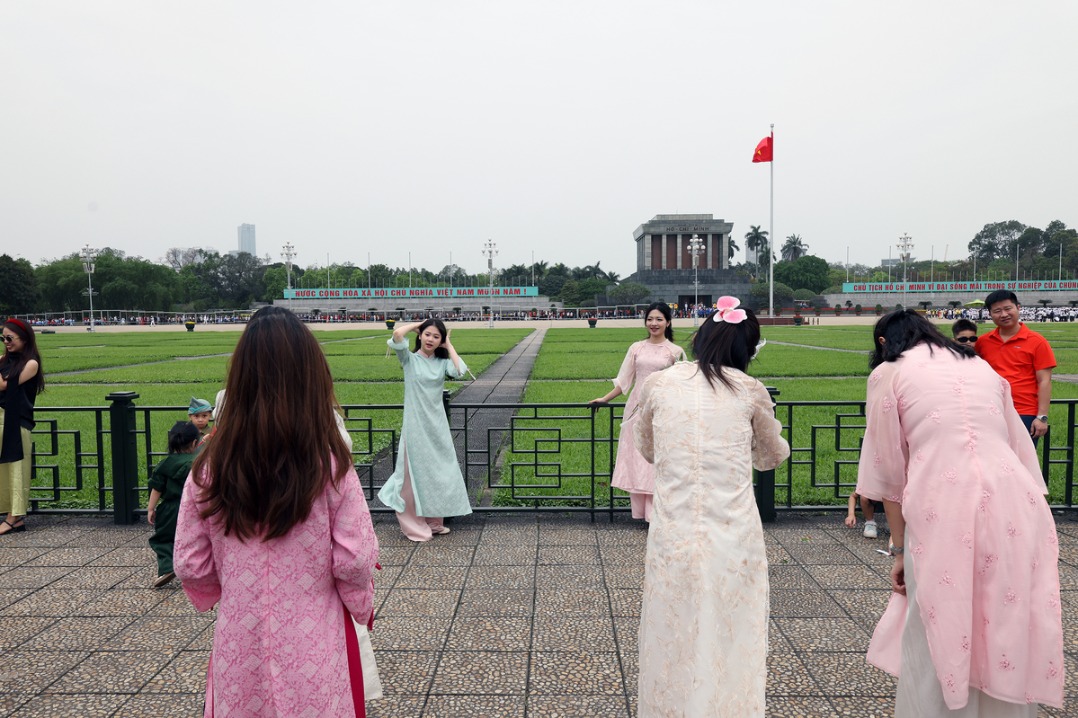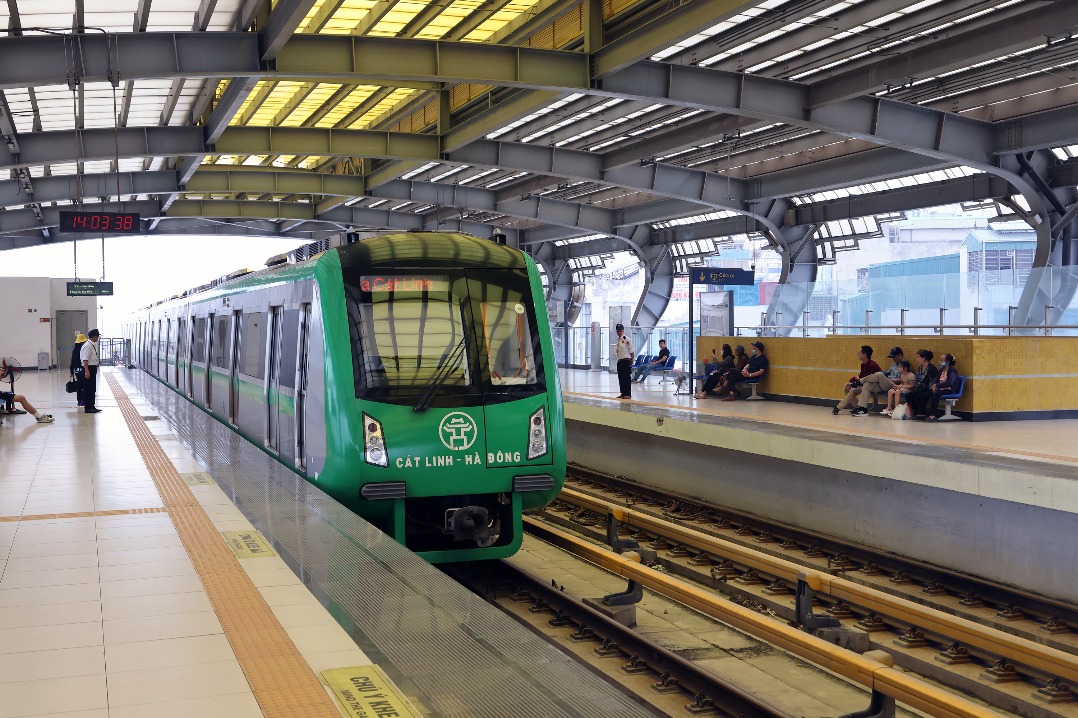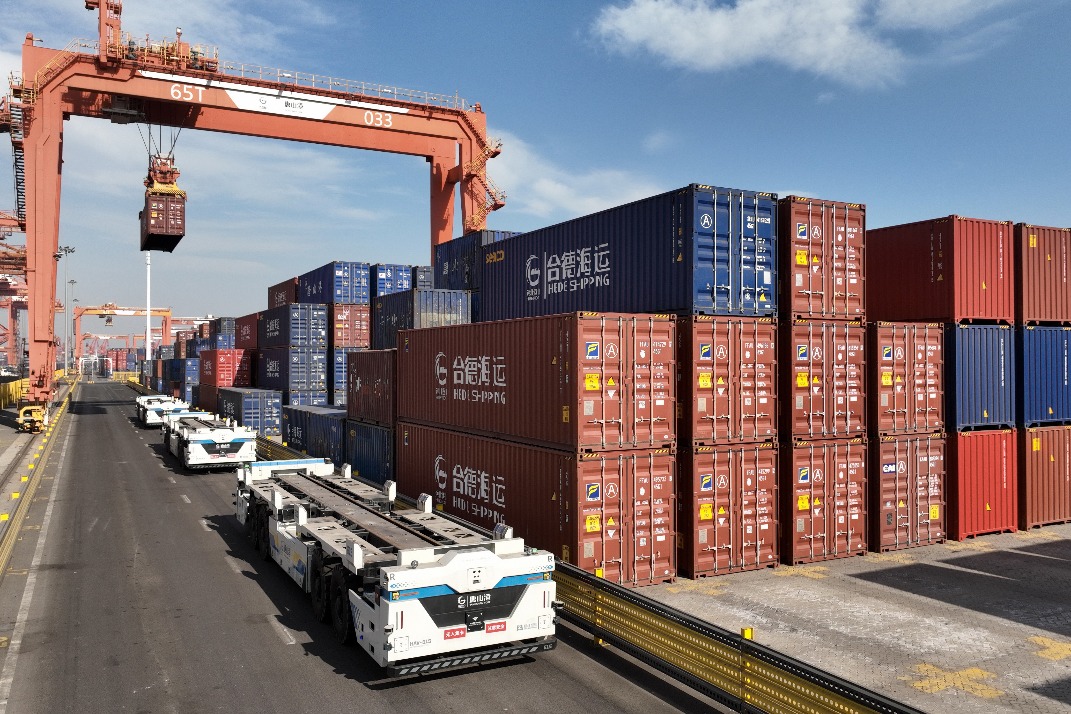A natural bond
By ZHAO XU | CHINA DAILY | Updated: 2023-09-09 06:52

"We imagined they were monumental structures, but how majestic they were, we had no idea," says Wang. That was until some giant logs were discovered underground, preserved in the water-saturated mud.
"It's common knowledge that wood rots when it gets wet. But, few people know that the rotting process is caused by an organic material that needs both moisture and oxygen to live," says Wang. "When wood is submerged in water, air is driven out of all the cells and, as a result, the fungi that cause the wood to decay cannot flourish."
Keeping in mind the location of the river, it is highly likely that the logs had been transported by water from the mountains to the construction site, from which the palatial complex would eventually rise.
"On the platform, archaeologists have discovered many holes, the biggest of which measures 90 centimeters in diameter. They could have been created to hold wooden pillars," says Wang, who is, today, credited with the discovery of Liangzhu's extensive water conservancy system. (Individual dams had been discovered since the early 1990s, but it was Wang who was able to demonstrate that these dams had worked in concert with one another as part of a much bigger system.)
According to Wang, the construction of the water system, the high dams of which are in the mountains, about 12 kilometers away from the center of the palatial complex, had everything to do with the construction of the city.
"Although both are believed to have taken place in around 3000 BC, allowing for a deviation of around 30-50 years, I'm tempted to think that the water system was built first. Why? Because the water system, apart from flood control and irrigation, also served the purpose of transportation, by channeling water into both natural and man-made waterways along which everything needed for the building of a city would arrive."
Measuring between 30 and 40 meters in width, they were thoroughfares for bamboo rafts only 60 cm wide. The rafts, very much like the logs, survived the millennia underground, sealed off by water.
It's interesting to note that these days, locals and tourists alike still negotiate the area on bamboo rafts. But back then, they were ferriescum-cargo boats, enabling the moving of materials and labor — both essential to the gigantic projects the Liangzhu people were undertaking at the time.
These materials included wood and rocks, both from the mountains. The latter was used, among other things, to lay the foundation of Liangzhu's inner city wall, to prevent it from sinking and to stop the underground water from seeping into the piled earth lying on top.
With its total length measuring 6 kilometers, the square wall with round corners surrounded the palatial complex and was, in turn, surrounded by an outer city wall which sadly, has been largely lost to the ravages of time.
The total area within the outer city wall is estimated at 6.3 million square meters, while within that, the space contained by the inner city wall accounts for 2.9 million square meters.
























